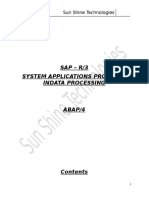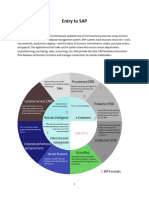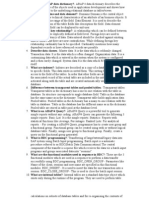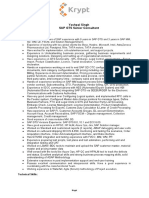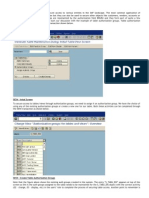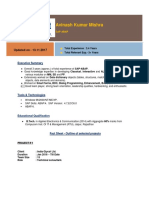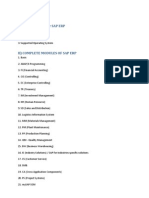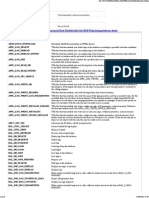0% found this document useful (0 votes)
22 views22 pagesSap Abap
ABAP is a fourth-generation programming language used in SAP for developing applications and customizing ERP software. ABAP consultants are responsible for designing, coding, testing, and implementing programs, as well as managing data migration and enhancements. The document also covers the RICEFW framework, which categorizes development work into Reports, Interfaces, Conversions, Enhancements, Forms, and Workflows, along with details on creating and managing database tables and their attributes in the SAP Data Dictionary.
Uploaded by
bhaveshCopyright
© © All Rights Reserved
We take content rights seriously. If you suspect this is your content, claim it here.
Available Formats
Download as PDF, TXT or read online on Scribd
0% found this document useful (0 votes)
22 views22 pagesSap Abap
ABAP is a fourth-generation programming language used in SAP for developing applications and customizing ERP software. ABAP consultants are responsible for designing, coding, testing, and implementing programs, as well as managing data migration and enhancements. The document also covers the RICEFW framework, which categorizes development work into Reports, Interfaces, Conversions, Enhancements, Forms, and Workflows, along with details on creating and managing database tables and their attributes in the SAP Data Dictionary.
Uploaded by
bhaveshCopyright
© © All Rights Reserved
We take content rights seriously. If you suspect this is your content, claim it here.
Available Formats
Download as PDF, TXT or read online on Scribd
/ 22





















